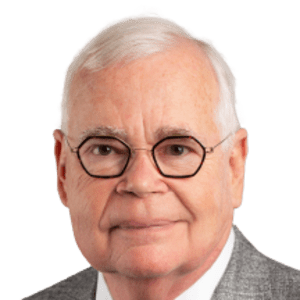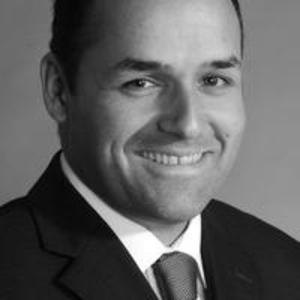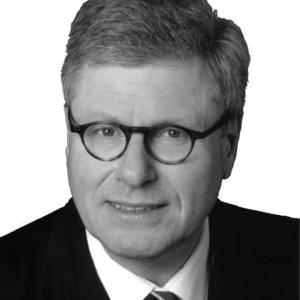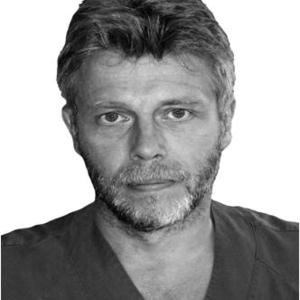Consensus Conference on Missing Single Teeth
The rehabilitation of single missing teeth
One might consider a single missing tooth to be a minor health issue, yet it merits our attention not only because it occurs so frequently, but also because it affects adjacent dentition and the patient’s overall well-being.
P-I Brånemark realized this decades ago when he famously stated that a missing tooth is like an amputation. Acting on this insight, the Foundation for Oral Rehabilitation (FOR) felt it was the foundation’s duty to organize a consensus meeting on the replacement of missing single teeth.
Although science may be universal and consistent, clinical protocols vary greatly from place to place and, unfortunately, are sometimes the result of local traditions or arguments unrelated to the patients’ wellbeing. When ongoing professional training and continuing education is missing, some prefer the familiarity of procedures they were once taught at dental school, rather than opting for up-to-date techniques. In circumstances such as these, clinicians should consider referring patients to a qualified specialist.
What we learned
The survival rate was superior for single implants when compared to traditional three-unit fixed prostheses, especially in the posterior region: from 93.4–96.7% vs. 75.3–85.6%. Furthermore, the long-term cost of such fixed partial dentures is demonstrably higher because of the need for periodic retreatment. The 10-year survival rates for implants with a moderately rough surface used to replace missing single teeth are even better (98.5% for the maxilla and 97.2% for the mandible) than the above-mentioned figures for turned surface implants.
Immediate flapless placement of implants in the anterior zone with immediate provisional prosthetic rehabilitation, out of occlusal contact, leads to a 98.25% survival rate. The same excellent data apply for flapless single implant placement when using 3D imaging-based, fully guided surgery. The latter approach is more costly but saves time and tends toward better soft tissue appearance.
In the posterior areas of the mouth, reports on missing single teeth were limited to molars, as data were not available for premolars. The definitions of immediate and delayed loading varied considerably in these cases; therefore no meta-analysis could be performed. Nevertheless, it ought to be noted that in two comparative papers reporting on nearly a thousand implants, the survival and success rates were higher for delayed loading of single implants in the molar areas (98.3% vs. 95.4%).
For congenitally missing lateral incisors, early diagnosis allows for the planned extraction of the primary lateral incisor and the guided eruption of the canine into a position adjacent to the secondary central incisor. If esthetic discrepancies appear, supplementary restorative procedures may be needed.
For the benefit of the patient
Proper patient involvement in the choice of treatment is only possible if the patient is well informed. Although few studies are available, it appears that being well informed in situations like these is related to national residency and education. Cost-effectiveness was also brought under consideration. Most papers conclude that implant-based treatments are more cost-effective than fixed dental prostheses supported by teeth.
The expert group at the conference in Mainz also advised that scientific organizations, independent from industry and professional interests, and with patient- and/or public involvement, should provide the public with balanced and evidence-based information on different treatment modalities.
About the consensus conference
The FOR consensus conference on the rehabilitation of missing single teeth held at the University of Mainz, Germany, on October 7-8, 2015, deemed immediate placement and loading in the anterior region viable.
Eleven experts were selected on the basis of their previous contributions to the subject and their citation index, as well as a willingness to prepare a review paper without any compensation, and to attend a two-day, face-to-face meeting at Mainz University, which was graciously hosted by Professor Wilfried Wagner. The time in Mainz was used to discuss the reviews, which had been distributed beforehand, and to iteratively compose a consensus text.
All possible treatment modalities were considered, ranging from orthodontic space closure to removable partial dentures, and from resin-bonded fixed dental prostheses to implant-retained crowns. Even no treatment (with professional monitoring) was brought under consideration.
Contents
The full text article contains the following papers:
- Treatment options for congenitally missing lateral incisors
- Outcome of bonded vs all-ceramic and metal- ceramic fixed prostheses for single tooth replacement
- Patient information on treatment alternatives for missing single teeth – Systematic review
- Single implant and crown versus fixed partial denture: A cost-benefit, patient-centred analysis
- Preoperative radiological evaluation of missing single teeth: A review
- The impact of immediately placed and restored single-tooth implants on hard and soft tissues
- Timing of single implant placement and long-term observation of marginal bone levels
- Bone augmentation for single tooth implants: A review of the literature
- Guided surgery with tooth-supported templates for single missing teeth: A critical review
- A systematic review of survival of single implants as presented in longitudinal studies with a follow-up of at least 10 years
- Single implants in dorsal areas – a systematic review
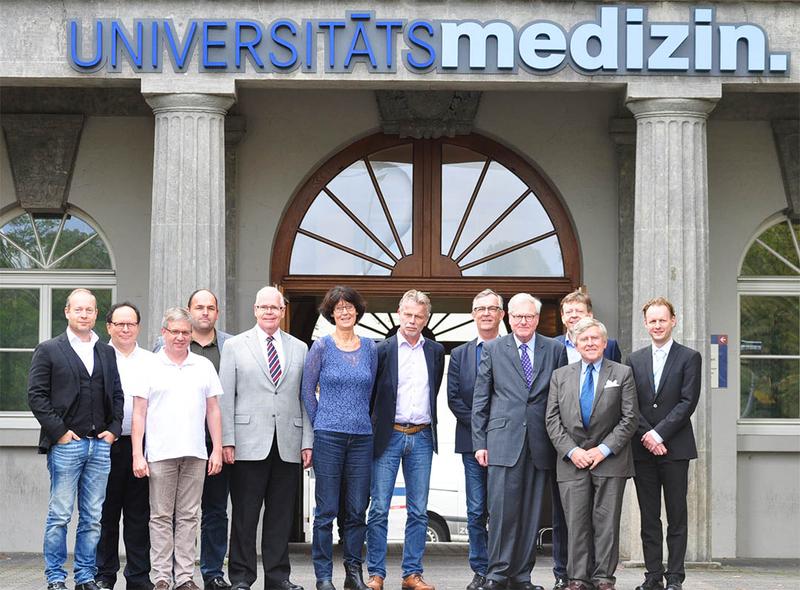
Drs. Gabor Tepper, Stavros Kiliaridis, Paul Weigl, Matthias Karl, Charles Goodacre, Ann Wenzel, Bertil Friberg, Torsten Jemt, Friedrich Neukam, Keith Horner, Daniel van Steenberghe and Christian Walter. Not present when the picture was taken: Drs. Wilfried Wagner, Alessandro Pozzi and Peter Moy.


